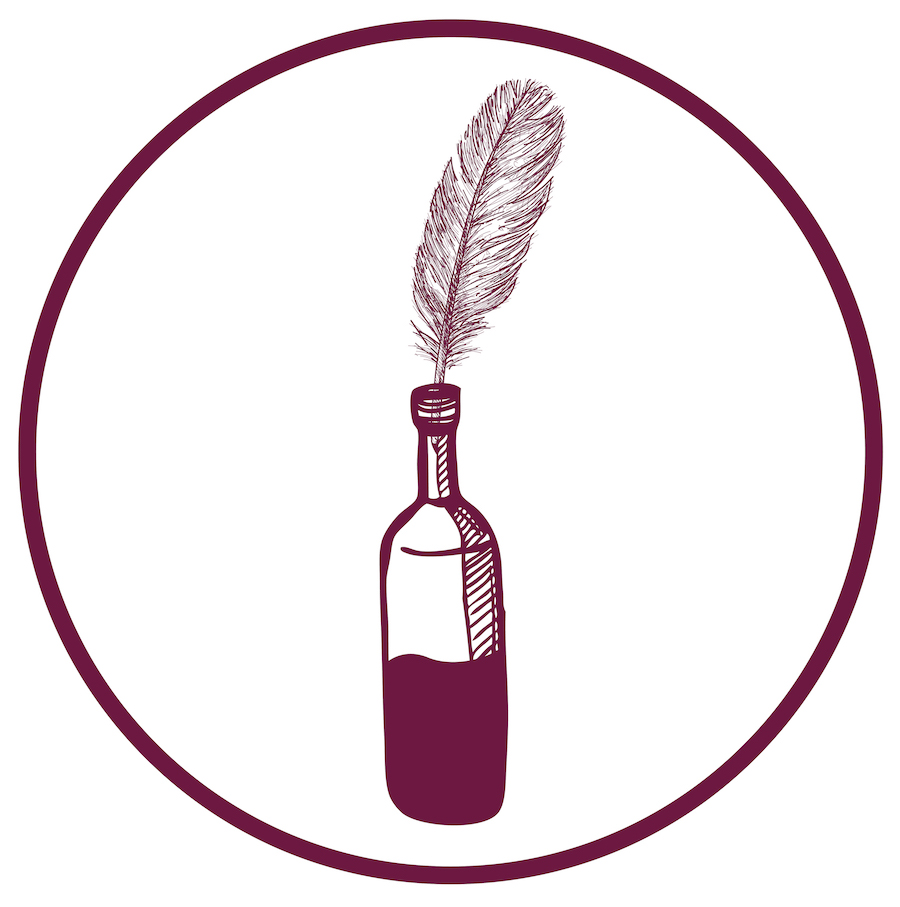What is quality wine?
Updated February 2021
I was recently asked a tough question: what is your definition of quality wine? One could spend hours going down the rabbithole on this topic–and I have. At a high-level, there is no right answer, as it will vary with every person you ask.
Thus, the best I can do is provide MY definition of quality wine.
How I define quality wine
As mentioned, the definition of quality wine will vary from person to person, as there are so many subjective areas that one can pull from to support their judgement. I try my best to separate criteria that is subjective from those that are objective–though since there are subjective pieces to every objective point, it’s probably better to classify this as leaning objective and leaning subjective.
Leaning Objective:
- Aroma & Taste – Is there an aroma present? Does it jump off the glass or do I need to stick my nose to pick up any notes? Upon tasting, is there flavor or is it dull? How’s the finish and how long? Is the wine balanced amongst alcohol, acidity, tannins and sugar? Do they play off eachother in some sort of harmony? Or is there a noticeable imbalance?
- Faults – Are there any present? There are subjective factors here as some tasters are more sensitive to faults than others, as well as gray area faults like brettanomyces (some enjoy this while others detest). However, a fault like TCA is usually picked up if apparent. Cork taint and other glaring faults ruin the enjoyment of the wine and thus lowers the quality.
- Additives – Is this wine or frankenwine? How many unnatural additives were used? If there’s a collection of sugar, food coloring, liquid oak tannin, Mega Purple etc.. used to create the same wine flavor year after year (aka the mass-produced supermarket wine), then this is not quality vino. Wine is a living, breathing beverage that is subject to changes in climate and uncontrollable conditions. To produce the same exact beverage taste year after year with the help of additives is closer to making soda than wine.
- Complexity – Are there layers to the wine or is it basic? Does the aroma and flavor change every few minutes in the glass? Complexity is interesting. Interesting is good and most high-quality wines have interesting things to say.
- Winemaking style – Did the winemaker take any risks to do something outside of the norm? Whether it is working with unique varietals, different fermentation vessels, non-standard maceration programs etc.. These risks have not been proven to produce a quality wine and it may result in quality that’s negative. But if successful, the resulting unique wine may be intriguing and thought-provoking.
Leaning Subjective
- Style – While I generally gravitate towards higher acid, lower alcohol wines, that doesn’t mean a 15.5% jammy fruit bomb Shiraz from Barossa Valley is lower quality per-se.
- Cleanliness – Is the wine filtered or does it have sediment? I have my preference, but as long as there are no apparent faults, then this shouldn’t factor into the overall quality definition.
- Experience and Expectations – Where are you? What are you eating? How much hype did this winery have before tasting? These are important outside factors that have a huge effect on the overall perception of wine quality, but none are a direct result from the wine itself.
- Price – Numerous studies have been done that show how price can incorrectly skew perceptions of quality. Of course a producer must price their wine in such a way to cover their expenses and support their business. However, after a certain point, the price point becomes more about prestige, reputation, rareness, than the actual quality of the wine.
- Points – When used as a general guideline while staring blankly at a wine list or a store’s shelf, critic’s ratings serve a purpose. However, there are a few things wrong when using points as a major factor in deciding wine quality. First off, ratings are inherently subjective. Pundits like Robert Parker and James Suckling award much higher points to wines of a specific style. Secondly, putting all wines on the same 0-100 or 1-5 point scale is not appropriate. How can one compare an aged Cab Sav to a fresh Gamay and place both on the same point scale? It’s like comparing Ted Williams to Lebron. It’s not the same ballpark; it’s not even the same sport! Lastly, ratings create a negative ripple effect on the industry, influencing monochromatic winemaking–producers are forced to follow trends and sacrifice creativity and quality for economic gain.
How do you define wine quality?
We want to know! We’re interested to hear your take. Drop us a line on Instagram @thewinescribes or visit our contact page.





